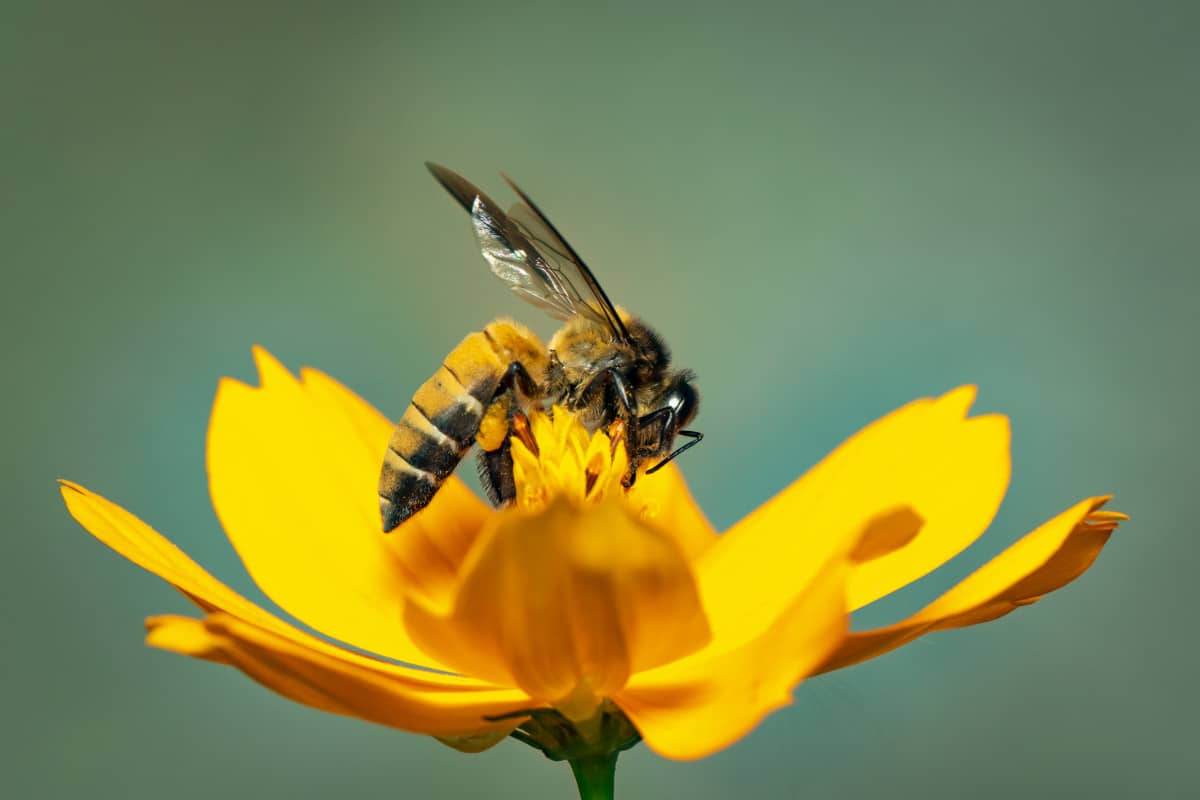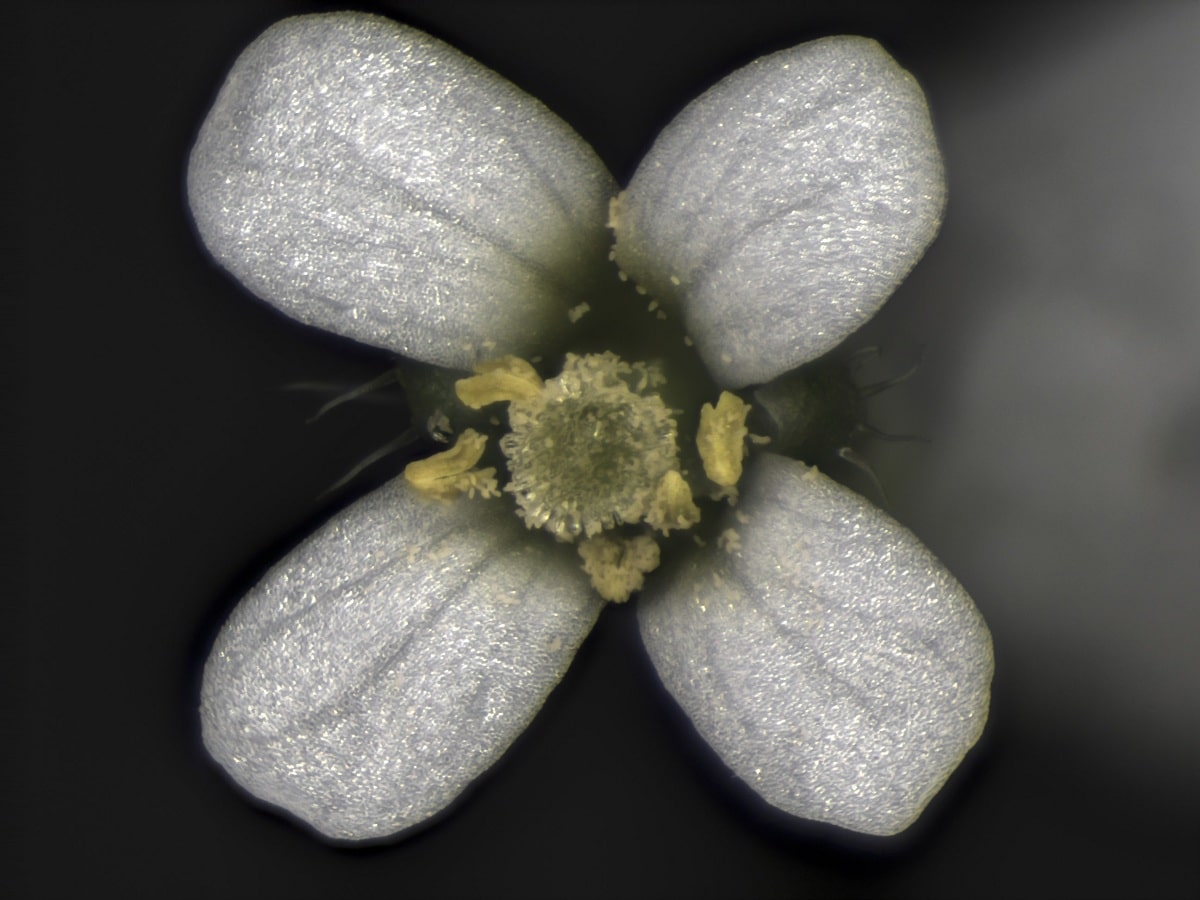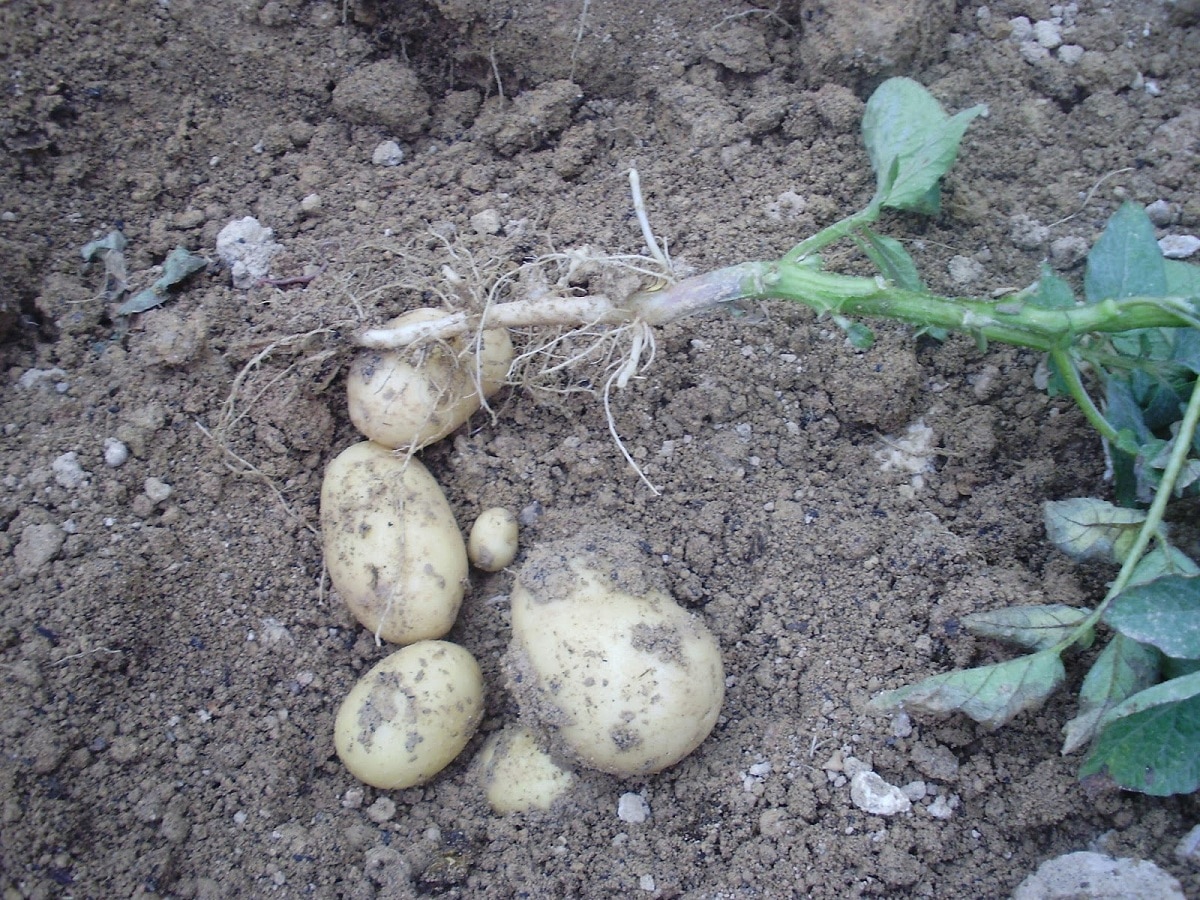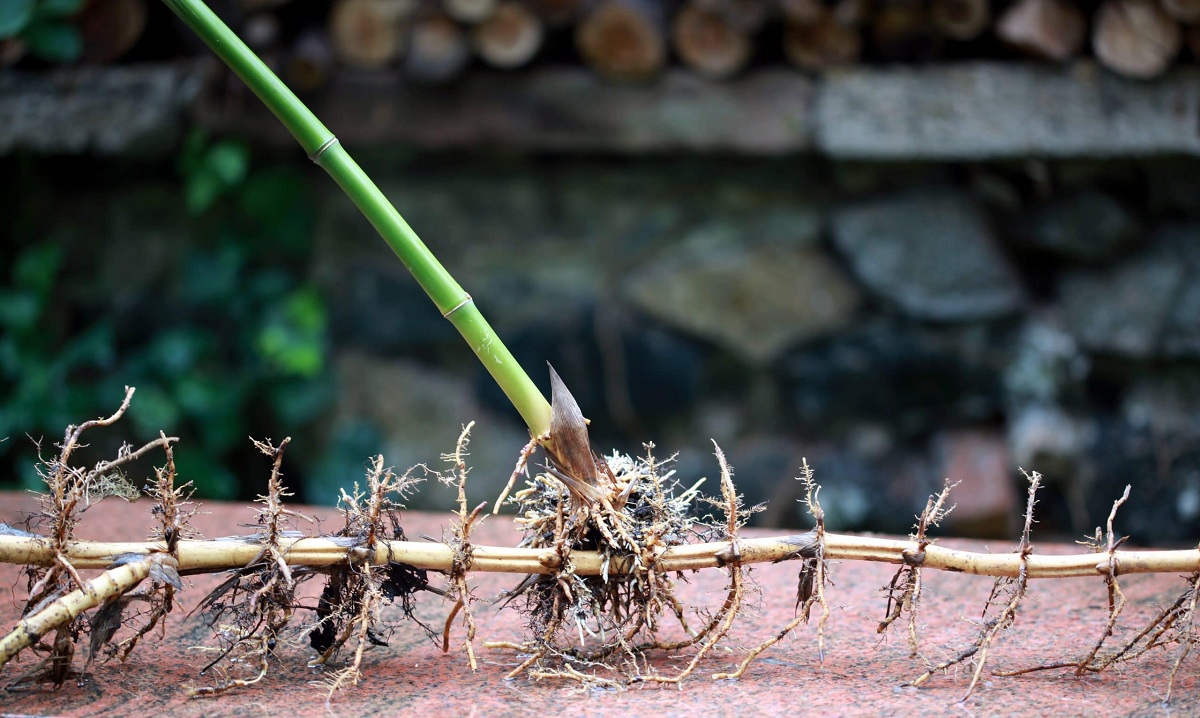
For humans and science it has been important to know How do plants reproduce. And we know different types of reproduction depending on the type of plant we are studying, its origin and its characteristics. Not all plants have a unique type of reproduction, but evolution has divided certain types of ways to expand and survive.
Therefore, we are going to dedicate this article to teach you how plants reproduce and what is the importance of it.
How plants reproduce with their main pathways

We know that plants reproduce mainly through two ways: asexual and sexual. Reproductive organs are involved in sexual reproduction that are found inside the flowers. Some types of plants require other external agents in order to reproduce. Through the process of pollination they manage to unite the pollen grains and as a result the fruits that contain the seeds that will serve to reproduce a new individual. In this way, they manage to extend their area of distribution throughout the territory and expand naturally.
In the second case, we have asexual reproduction. It is the one that occurs in plants that they achieve their development through their own means without the need for the pollination process. Only one mother plant is involved in this procedure. It occurs mainly in plants that are unisexual in type. Here the reproductive organs are not present, but the reproductive parts are fully developed.
Types of plant reproduction

We are going to analyze how plants reproduce in detail in the main pathways that we have mentioned above.
Sexual reproduction
The sexual reproduction of plants occurs through the fusion of the male and female gametes of the flower. It is similar to what happens with human reproduction. Human reproduction involves the fusion of male and female gametes to form a new organism. In the end, the organism inherits the genes of both parents. When we talk about reproductive parts of a plant, we mean the flowers.
The stamens are the reproductive part of the male plants while the pistil is the reproductive part of the female plant. The flowers that contain only the pistil or the stamens are those that are known by the name of unisexuals. There are also those that have both organs and are bisexual. Male and female unisexual flowers can appear on the same plant or on different plants. The anthers contain pollen grains that produce male gametes. The pistil is made up of stigma, style, and ovary. The ovary contains one or more eggs. The female gametes or eggs form eggs. In sexual reproduction, the male and female gametes fuse to form a zygote.
Asexual reproduction
To learn how plants reproduce we must also know the other type of reproduction. Asexual reproduction is one that occurs without the need for the sexual organs of the plant to intervene. As we have mentioned before, there is no pollination process in this type of reproduction. The reason this is so is due to the ability of some species to be able to form again from a tissue they already have. For example, there are plants that can grow and generate a new individual from a stem or a cell.
There are a few different types of asexual reproduction. They originate depending on the area of the plant that is used for the formation of a new individual. For example, in the case of tubers, this type of reproduction is generated from the stems that are filled with nutrients that allow them to create a new plant by themselves. This reproduction becomes possible thanks to the fact that these tubers can generate new roots.
Reproduction through rhizomes is also a type of asexual reproduction. They are stems that form under the ground but have the peculiarity of growing parallel to the ground. From the base of these stems, buds are generated from which a new plant can be created. After the roots are formed, the process of creating vertical stems begins.
In the plant kingdom, many species can only reproduce asexually and can also reproduce sexually or asexually at the same time. Strawberry is an obvious example of a plant that can be used in two ways at the same time. In the case of asexual systems, they do so through stolons. Speaking of tubers, the potato is a typical example because it does a good job in this area and increases crop yields. Other root vegetables are yams, sweet potatoes or ginger. Plants that reproduce with bulbs are those whose fruits have a similar overlap of leaves, such as onions. For plants that reproduce with rhizomes, there are species such as oregano.
Advantages and disadvantages of asexual reproduction

The main advantage of asexual reproduction is simplicity, because there is really no need for support work. What's more, the energy consumption of this species is much lower than when they have to carry out the entire process from seed. It is also possible for a species to obtain a large number of young from a mother in a new space. In the case of plant life, this advantage represents the possibility of increasing the arable land, thus increasing the amount of food.
The main disadvantage of this method is that it is impossible to produce mutations in the offspring. This means that all children will be almost the same as their parents and will continue to do so over time. The same conditions make them vulnerable to adverse conditions, such as weather conditions, because they are unlikely to produce resistance. In a space where you do not want to cultivate a certain species, asexual reproduction will continue to occur automatically. For example, this happens when weeds in your lawn or garden are constantly growing and growing.
I hope that with this information you can learn about how plants reproduce and what their different forms are.